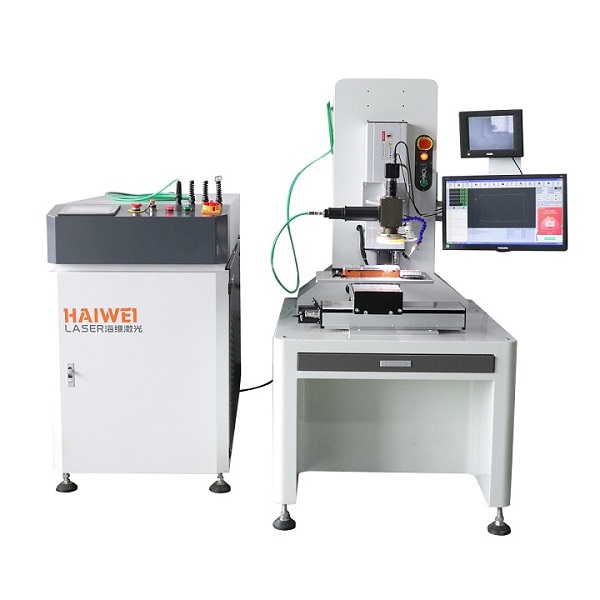How Laser Welding Machines Reduce Welding Defects Through Process Optimization
In the realm of industrial manufacturing, laser welding machines offer precision and efficiency. However, achieving defect-free welds requires careful process optimization. Understanding how to minimize common welding defects is crucial for users considering an investment in laser technology.

Material Preparation and Fit-Up
Proper material preparation is fundamental. Surface contaminants such as oils, oxides, or residues can lead to porosity or poor fusion. Ensuring clean surfaces and precise fit-up reduces the likelihood of these issues. A tight joint gap minimizes the risk of cracking and ensures a more consistent energy transfer from the laser beam.
Parameter Adjustment
Optimizing parameters like laser power, speed, and focus position is essential. Too high power can cause burn-through or undercut, while too low results in insufficient penetration. Balancing these settings according to the material type and thickness helps achieve optimal weld quality. For instance, using pulsed laser modes can control heat input better on thin materials, reducing distortion and the chance of cracking.
Shielding Gas Application
The use of shielding gas protects the molten pool from atmospheric contamination, which can lead to porosity. Argon or helium are commonly used gases that provide excellent protection. The flow rate must be adjusted to ensure effective coverage without causing turbulence that might disturb the weld pool.
Real-Time Monitoring Systems
Integrating real-time monitoring systems into laser welding machines allows for immediate detection and correction of defects during the process. Cameras and sensors can track the weld pool dynamics, ensuring consistent weld formation and early identification of potential flaws.
Post-Weld Inspection
Regular post-weld inspection through non-destructive testing (NDT) methods like ultrasonic testing (UT) or X-ray can validate weld integrity. This step ensures that any unnoticed defects are caught before they become critical issues in the final product.
By focusing on these areas, manufacturers can significantly reduce welding defects and improve the overall reliability of their products. Choosing a supplier like Haiwei Laser, with expertise in process optimization, can further assist in achieving superior welding outcomes.
Recent Posts
- What are the advantages of laser welding machines in lithium battery pack production lines?
- What issues should be noted when choosing a lithium battery pack production line?
- Quality Inspection and Control of Lithium Battery Module Pack Production Line
- Cell grouping and sorting process in lithium battery module pack production line
- What are the safety hazards of lithium battery pack production lines and how can they be prevented?
INQUIRY

